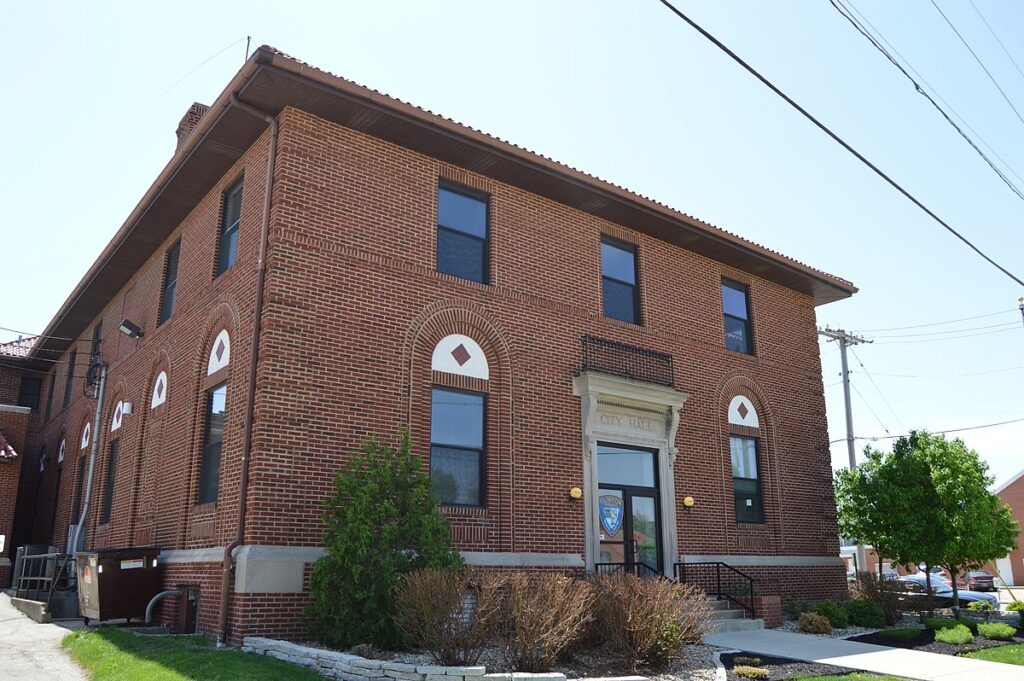
Moving to Clinton, Illinois: A Comprehensive Relocation Guide
Considering moving to Clinton, Illinois? This small Central Illinois city offers nuclear power employment, affordable living, and small-town character. With approximately 7,200 residents in 2025, Clinton combines power plant stability with authentic Midwest atmosphere and DeWitt County’s seat.
Demographic Profile to Consider If Moving to Clinton:
Clinton’s 2025 population is approximately 7,200 residents in this DeWitt County seat in Central Illinois. The median age is around 41 years, with working families, power plant employees, and retirees. The population is approximately 93% White, 4% Hispanic, 2% Black or African American. Clinton features a historic downtown square, Clinton Lake providing recreation, the Clinton Nuclear Power Station’s economic influence, and small-city character. The city attracts power plant workers, those seeking small-town Illinois living, and families wanting affordability. Clinton appeals to those prioritizing small-city atmosphere, nuclear industry employment, and Central Illinois value. The community values the power plant’s economic stability, small-town character, and lake recreation. Find trusted local services for moving, living, and working in Clinton.Clinton Relocation Directory
Cost of Living to Consider If Moving to Clinton:
Clinton offers exceptional affordability. Median home values range from $110,000 to $160,000 in 2025, among Illinois’ most affordable while the nuclear plant provides good wages. The median household income is approximately $58,000. Rental properties average $700 to $1,000 monthly. Illinois’ state income tax is flat 4.95%. Property taxes are moderate. Overall cost of living is very low, making Clinton highly attractive for power plant employees, retirees, and those seeking maximum affordability. The city provides tremendous value with stable employment relative to costs. Housing costs create exceptional accessibility while power plant wages provide financial security.
Economy and Job Market:
Clinton’s economy depends heavily on Clinton Nuclear Power Station operated by Exelon, employing hundreds with high wages. The power plant drives the local economy. Additional employment includes healthcare, retail, government as county seat, and agriculture-related businesses. The nuclear facility provides economic stability unusual for small Central Illinois cities. Typical industries include nuclear power, healthcare, government, and agriculture support. The power plant employment creates prosperity relative to the small city size.
Education:
Clinton Community Unit School District 15 serves city students with Clinton Community High School and elementary schools. School quality is adequate for the small district. The educational infrastructure serves the community with schools benefiting from power plant tax base support.
Recreation and Lifestyle:
Clinton offers Clinton Lake, a 4,900-acre reservoir created for nuclear plant cooling providing excellent fishing, boating, camping at Clinton Lake State Recreation Area, and water sports. The historic downtown square features shops and restaurants maintaining small-city character. Residents enjoy small-town festivals, community events, and lake recreation. The lifestyle emphasizes small-town connections, lake activities, affordable living, and power plant employment stability. The four-season climate enables varied recreation. The community values the nuclear plant’s economic contribution, small-town atmosphere, lake recreation, and authentic Central Illinois character. Living in Clinton means accepting extreme isolation (40 minutes to Bloomington, 2+ hours to major metros), very limited amenities and cultural offerings, and small-city limitations while enjoying exceptional affordability, nuclear plant employment providing unusual prosperity, and Clinton Lake recreation creating outdoor opportunities in authentic small-town Central Illinois.
Healthcare and Services:
Clinton residents access healthcare through Warner Hospital & Health Services in Clinton providing hospital care. Additional services available in Bloomington-Normal (40 minutes). The small-city healthcare infrastructure serves the community with referrals to regional centers for specialized care.
Transportation:
Clinton is accessed via U.S. Route 51, Illinois Route 54, and connecting routes. Most residents use personal vehicles. The location creates isolation with Bloomington-Normal 40 minutes north and Decatur 40 minutes southeast providing nearest significant cities. Typical travel times to major metros are substantial.
Conclusion:
Moving to Clinton in 2025 offers affordable small-city living with nuclear plant employment, Clinton Lake recreation, and Central Illinois character. The city’s combination of exceptionally low housing costs, power station wages, and lake access makes it ideal for nuclear workers, families, and those seeking authentic small-town Illinois where power plant stability meets lake recreation and exceptional affordability defines Central Illinois small-city living.

